South Australia is held up as the nation’s renewable energy leader with the highest penetration of wind and solar generation in the nation.
South Australia shut down its last coal-fired power plant in 2016 and now generates more than 70% of its electricity from renewable sources, mainly wind and solar.
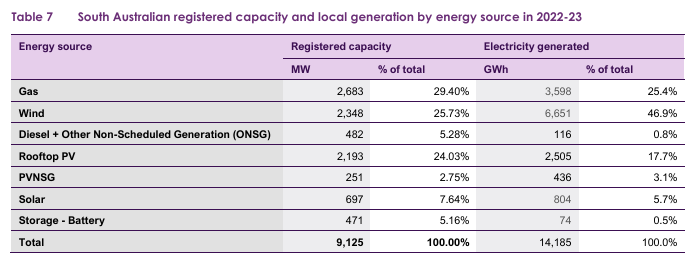
Source: AEMO
However, the shutting down of its baseload coal power plants has made the state heavily reliant on expensive gas, batteries, and diesel, which has driven up average wholesale electricity prices in the state.
The high costs of building renewable transmission have also been capitalised into retail power bills.
The end result is that South Australians pay the highest electricity costs in the nation.
“South Australia has the highest electricity rates on the NEM, at over 40 c/kWh for single use rate plans. This is 49% higher than the average of the rest of the NEM”, according to Energyse.
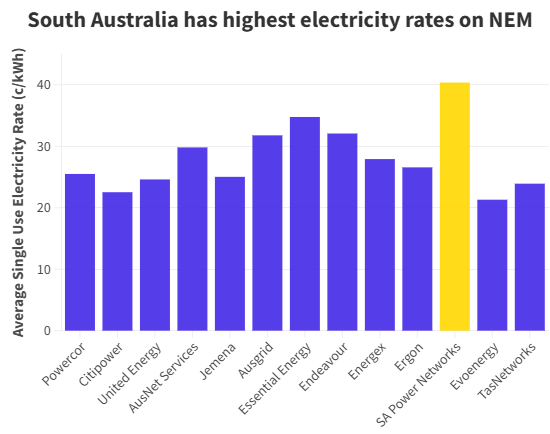
Source: Energyse
“Adelaide is the capital city with the most expensive electricity, with electricity costing 47.1 c/kWh for a typical two person household once daily usage charges are factored in”.
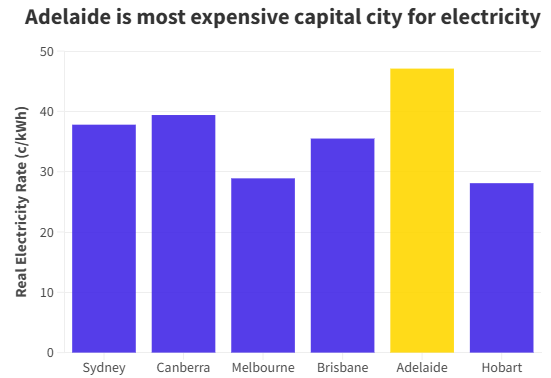
South Australia has set a target to produce 100% net renewable energy by 2027, which would require shutting down the state’s gas-fired and diesel generators.
However, due to wind and solar power being entirely weather-dependent, nobody has thought about how such a policy would work in practice.
Last night at 9pm, South Australia generated 67% of its power from gas and 6% on diesel to keep the lights on:
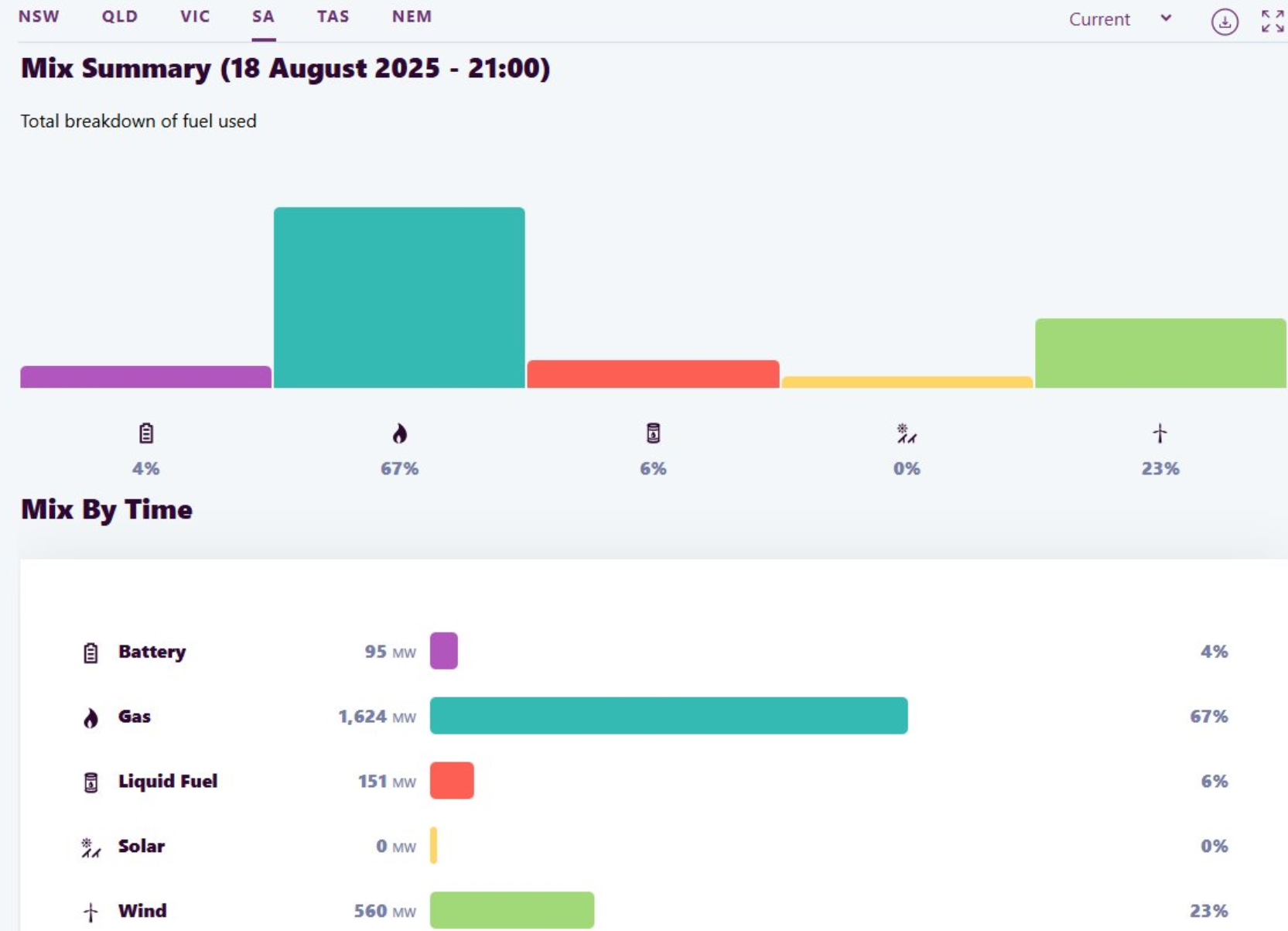
SA Electricity Generation—9pm, 18 August 2025.
Over the 24 hours to 8am on 19 August 2025, 39% of South Australia’s electricity generation came via gas:
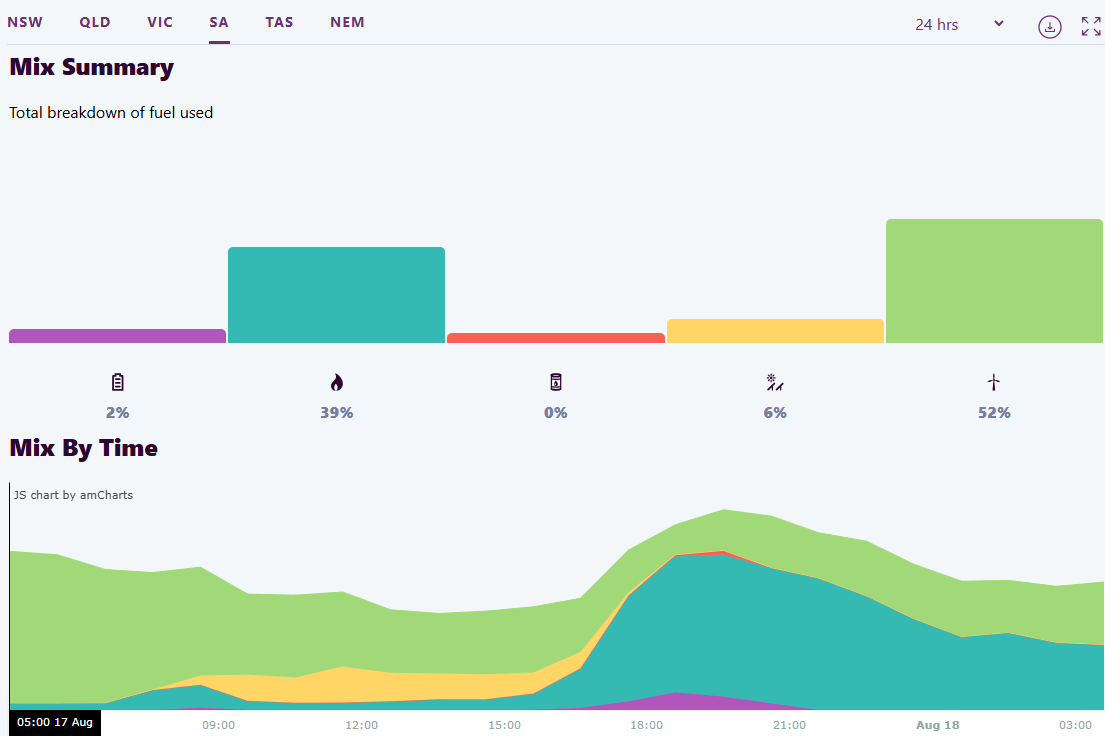
SA Electricity Generation—24 hours to 19 August 2025.
What is not shown is that South Australia also imports electricity from Victoria, which is overwhelmingly generated from cheap brown coal (70%) supplemented by expensive gas (8%):
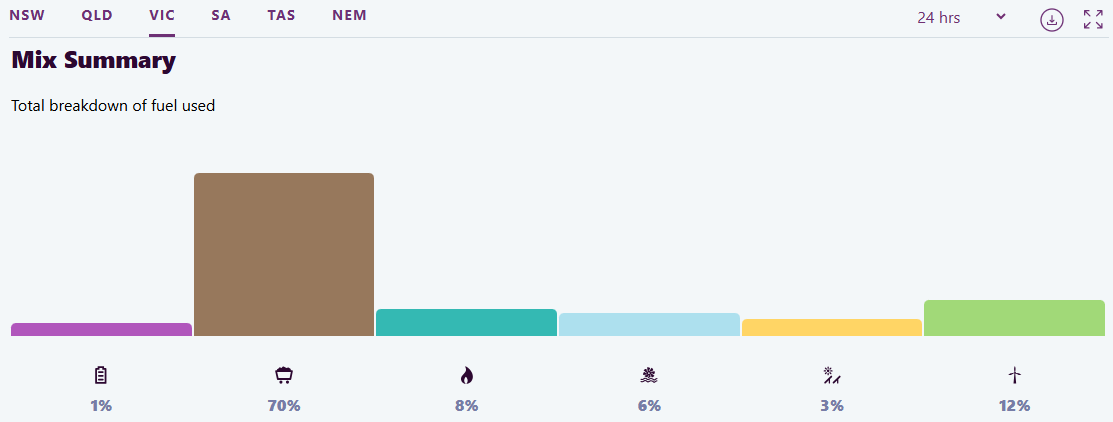
VIC Electricity Generation—24 hours to 19 August 2025.
However, Victoria has set a binding target to generate 95% of its electricity from renewables by 2035, which will remove brown coal from the equation.
The above charts highlight the fundamental problem with renewable generation: it is weather-dependent. Therefore, renewables are intermittent and have low capacity factors.
Renewables need enormous amounts of backup generation and storage. They also need a lot more network infrastructure to connect the web of generation sources.
As a result, renewables are very expensive, as evidenced by South Australia, California, and elsewhere.
The massive buildout, transmission, and storage required, alongside the need to keep expensive gas peaking plants on standby when wind and solar generation collapses, makes a renewables future exorbitantly costly and less reliable.
Australian policymakers should stop lying and be upfront with Australians about the costs and trade-offs involved with a renewable energy future.

